Scientists transplant a pig’s liver into a brain-dead patient with no organ rejection. This may solve the problem of scarcity of donors.
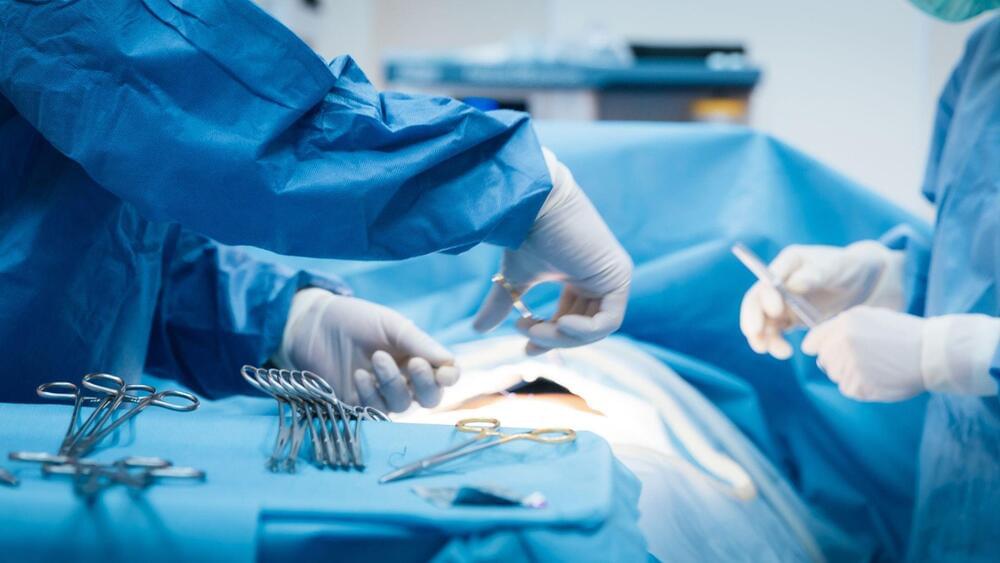

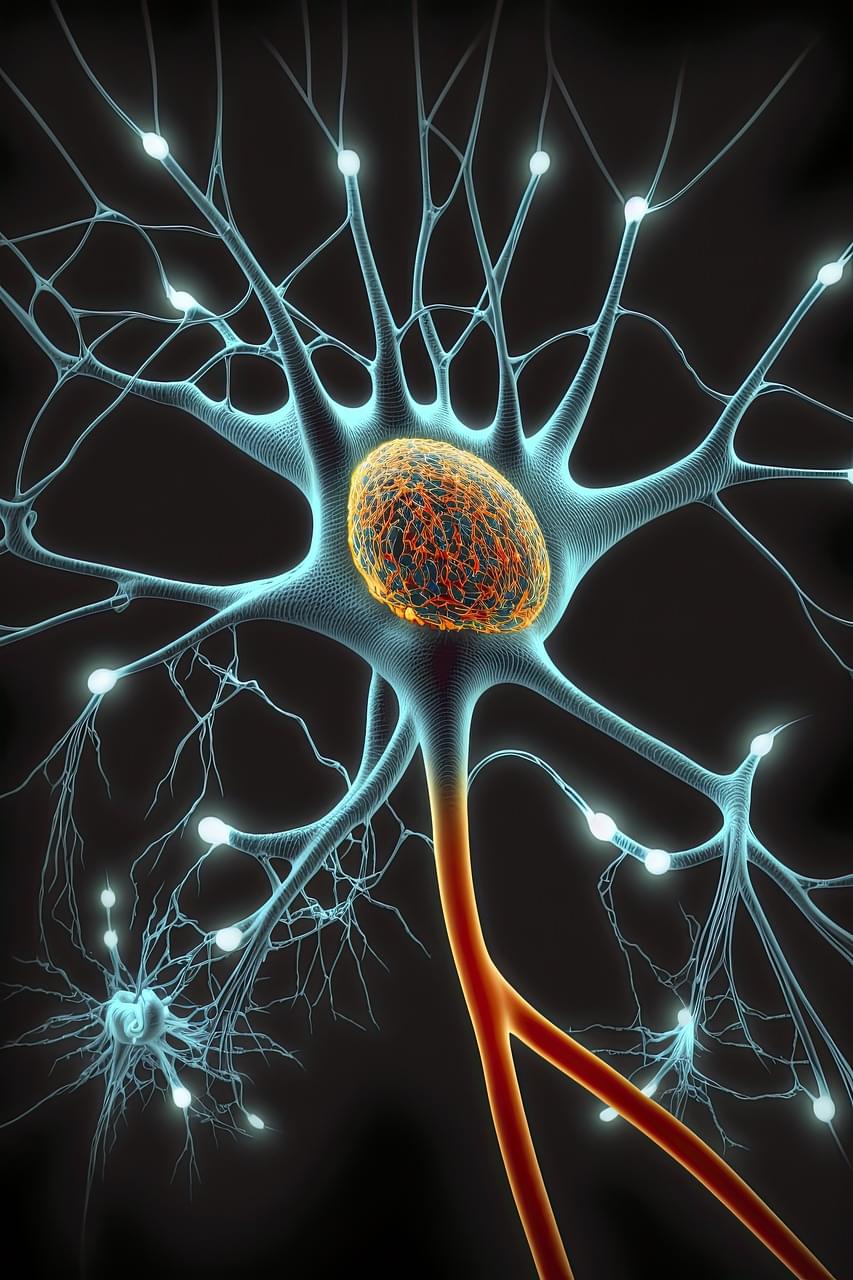
The immune system is comprised of two separate responses referred to as either innate or adaptive immunity. Both work in collaboration to elicit protection against anything the body encounters as ‘foreign’. In many cases foreign pathogens that enter the body are recognized by the innate immune system first which then activate adaptive immunity. The innate immune system uses many broad, non-specific cells to detect anything that might cause harm to the body. These cells initiate inflammation and the overall immune response. The adaptive immune system comes second and is more specific to the invading pathogen. Adaptive immune cells can not only help lyse or kill the invaders, but also generate cells to ‘remember’ that pathogen in the future. This is a common phenomenon that occurs when we overcome an illness and is known as immunological memory. Vaccine biology is based on this concept that we will generate ‘memory cells’ in response to attenuated viruses.
The study of immunity and how our body fights off disease is a progressively growing field. Currently, scientists know many of the key players that drive this immunological memory. However, researchers and physicians are working together to better understand this process and how to generate more effective treatments for various diseases. An exciting article in Nature, published by Dr. Francisco J. Quintana and others, demonstrate that a glial cell can generate immunological memory. Quintana, an investigator at Brigham and Women’s Hospital, and his team study different signaling pathways associated with immune activity to identify novel therapeutic treatments and biomarkers to measure treatment efficacy. The glial cell Quintana and his team found to aid in immunity is known as an astrocyte, which is a key cell within the central nervous system (CNS). Astrocytes help promote synapse formation, clear excess neurotransmitters, and maintain the blood-brain barrier.
For the first time astrocytes have been connected to obtain memory-like properties and aid in immunity. The team used multiple models to demonstrate that astrocytes can remember previous interactions with immune cells. Not only did this function improve response time to infection but induced a stronger immune response when re-exposed to the same disease. Due to similarities in memory formation, Quintana and others refer to this process as ‘astrocyte immune memory’. Interestingly, due to astrocytes long lifespan, these cells could provide insight into chronic neurologic disorders.
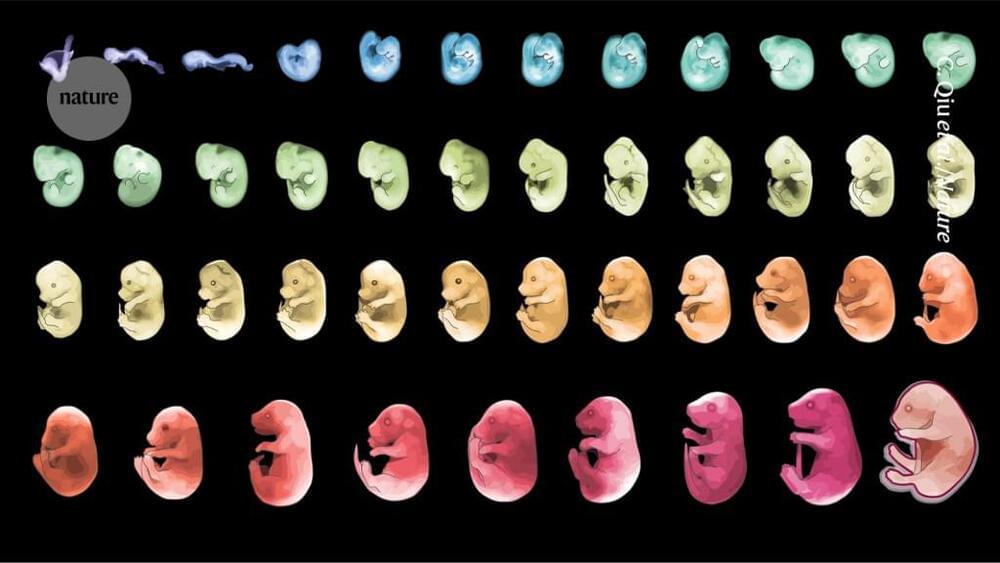
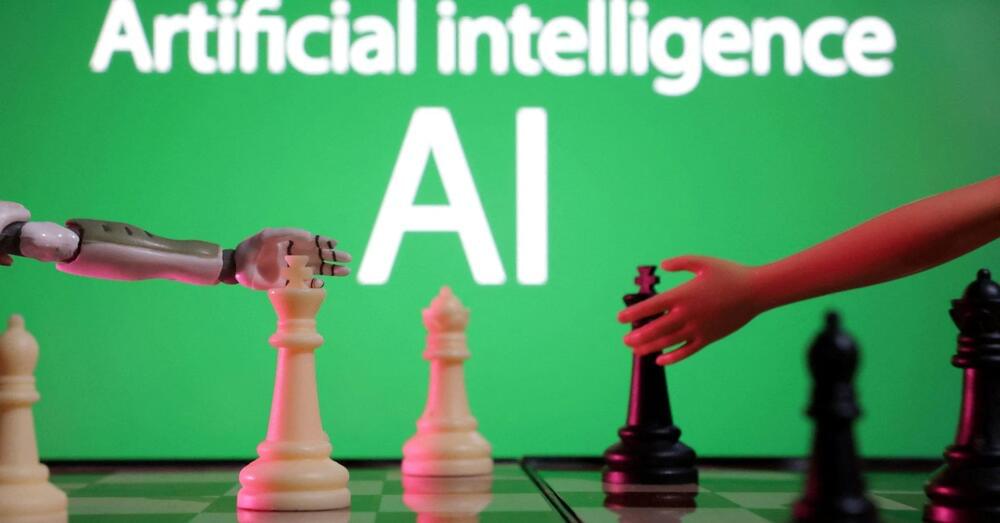

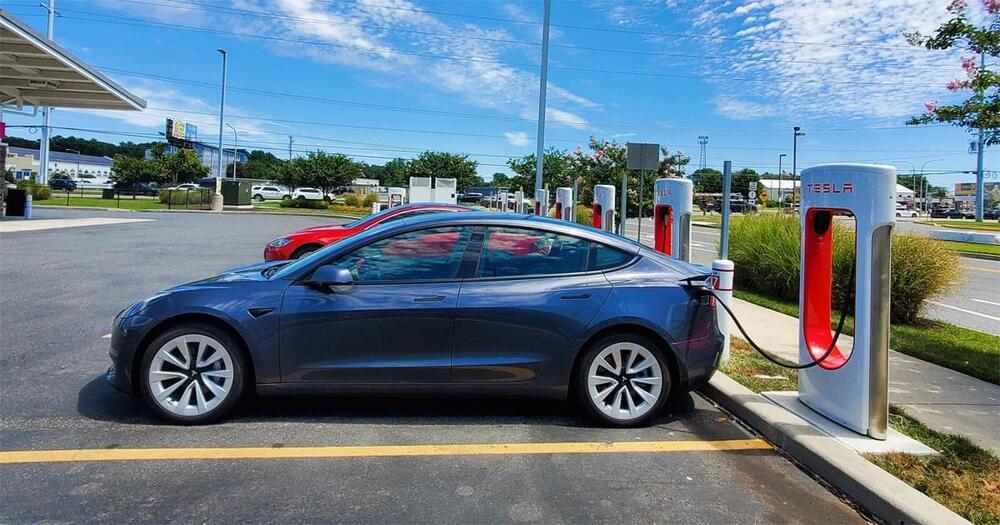
The Biden administration has today announced new vehicle emission standards for 2027–2032, as it pushes for wider adoption of hybrid and electric vehicles.
Tesla Model 3 at a charging station in Delaware, United States. Credit: K.A
Automobile emissions in the United States could be slashed by half within the next eight years, thanks to new standards finalised and published today by the Environmental Protection Agency (EPA). The ambitious set of rules – not only aimed at reducing air pollution, but also cutting fuel costs – are to be phased in between 2027 and 2032.

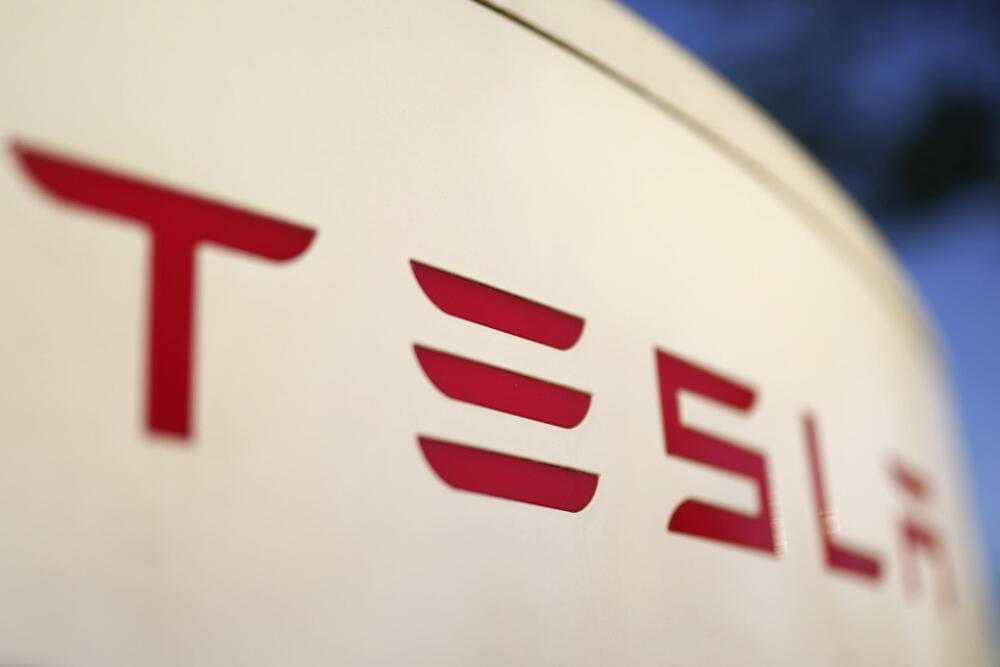
Two men are accused of starting a business in China using battery manufacturing technology pilfered from Tesla and trying to sell the proprietary information, federal prosecutors in New York said Tuesday.
Klaus Pflugbeil, 58, a Canadian citizen who lives in Ningbo, China, was arrested Tuesday morning on Long Island, where he thought he was going to meet with businessmen to negotiate a sale price for the information, federal authorities said. Instead, the businessmen were undercover federal agents.
The other man named in the criminal complaint is Yilong Shao, 47, also of Ningbo. He remains at large. They are charged with conspiracy to transmit trade secrets, which carries up to 10 years in prison if convicted.
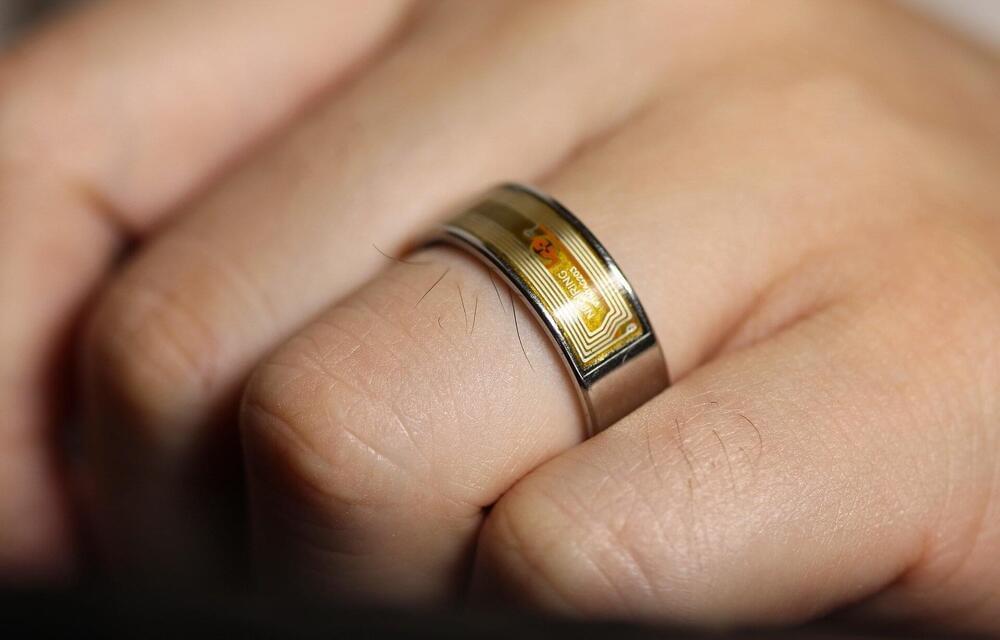
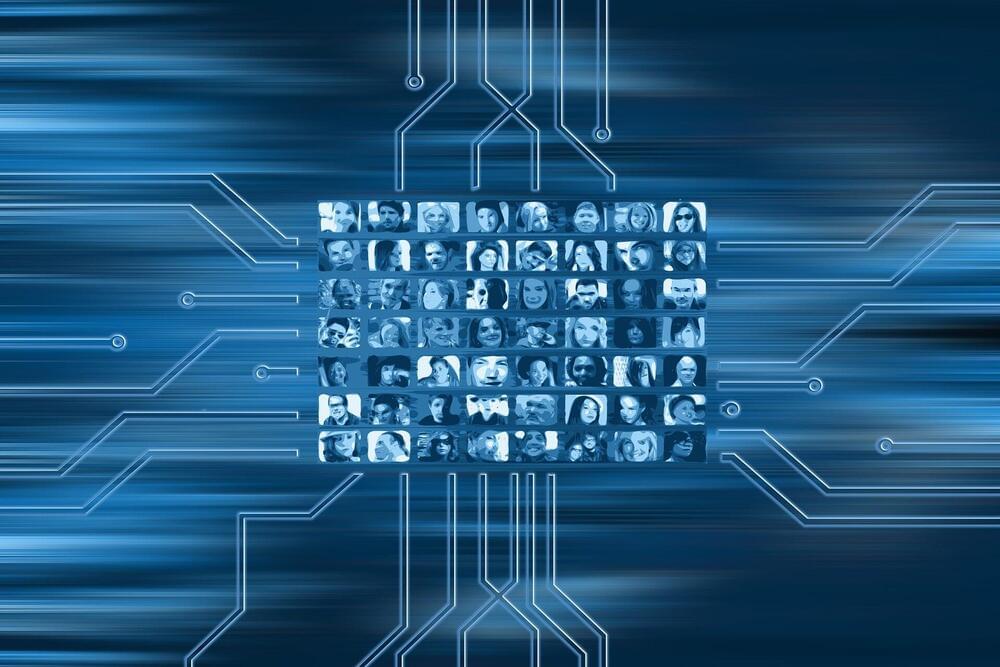
The AI boom, including the advent of large language models (LLMs) and their associated chatbots, poses new challenges for privacy. Is our personal information part of a model’s training data? Are our prompts being shared with law enforcement? Will chatbots connect diverse threads from our online lives and output them to anyone?